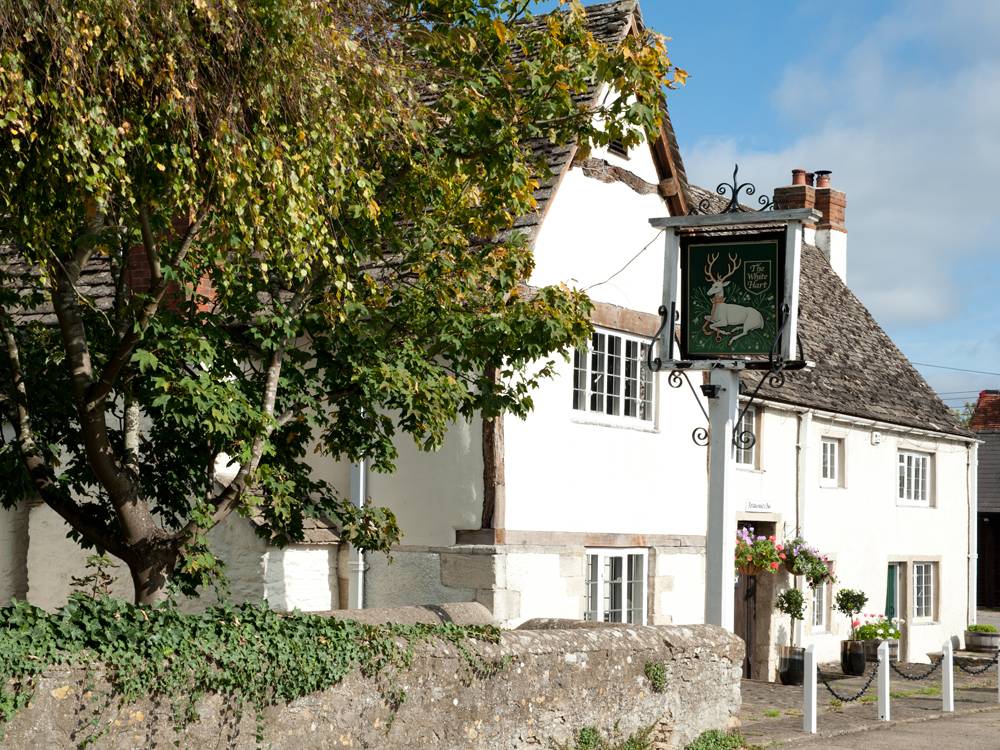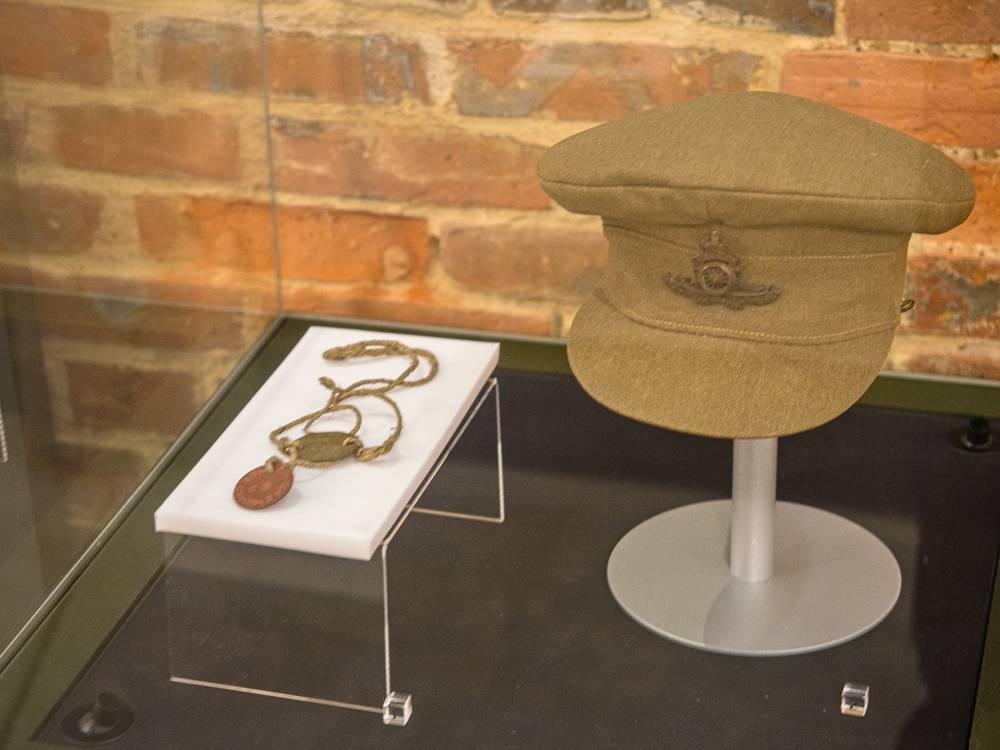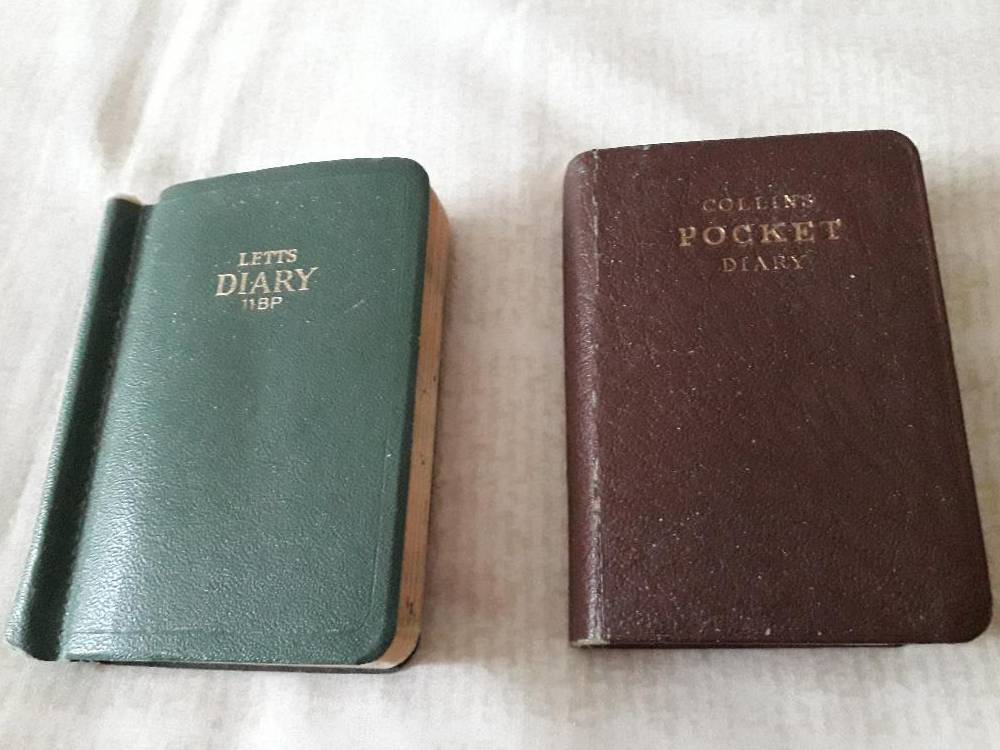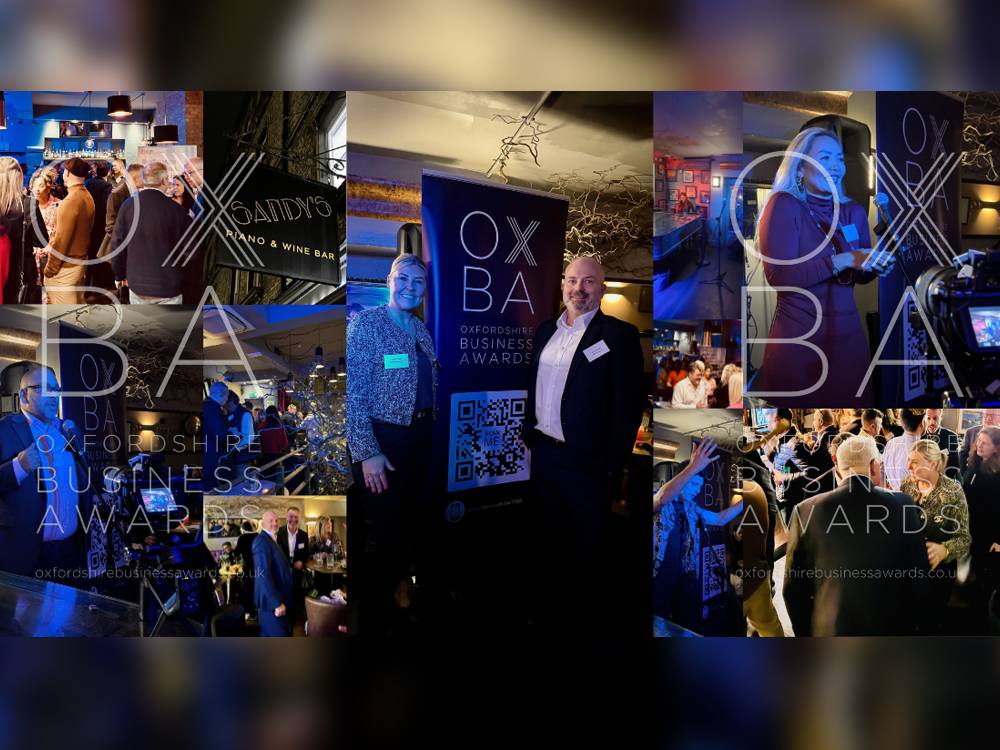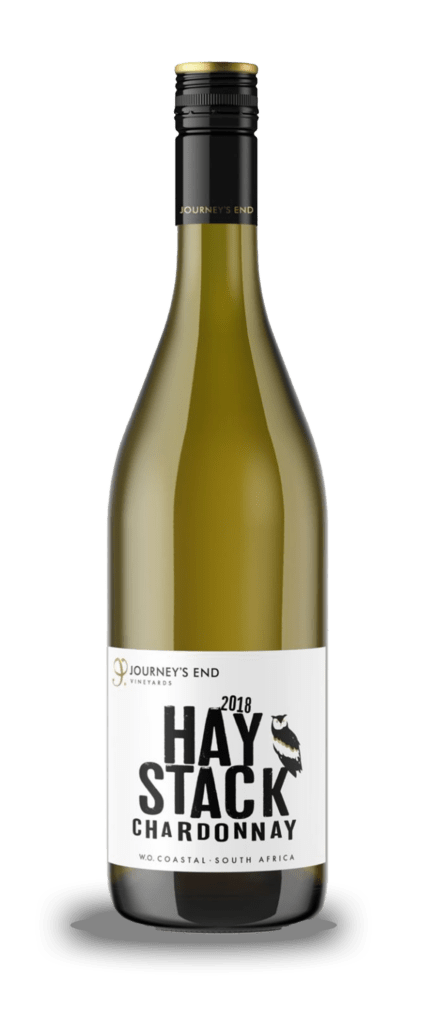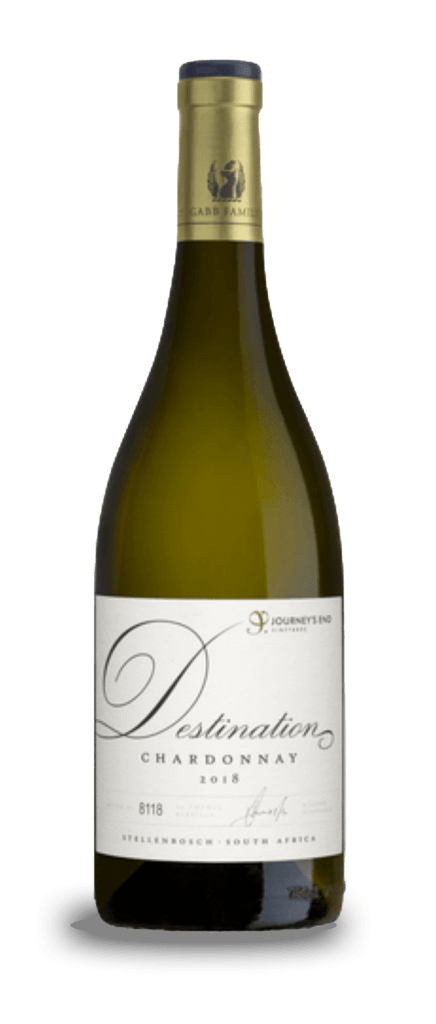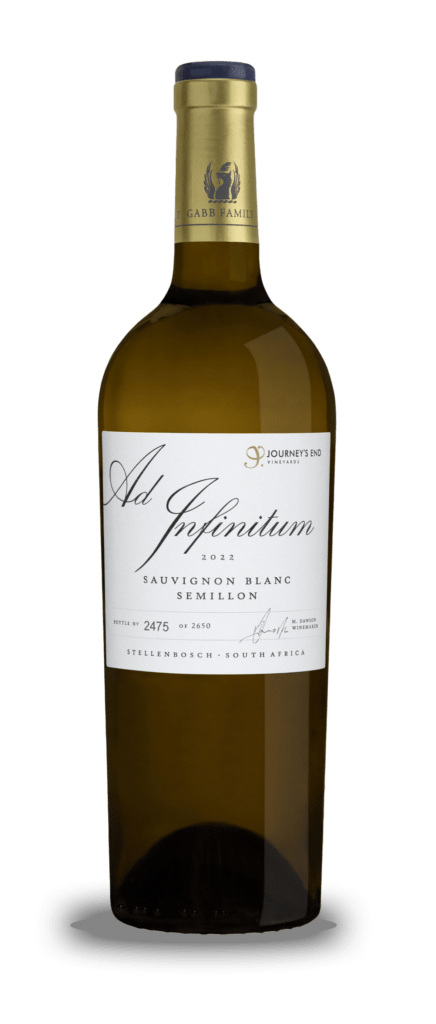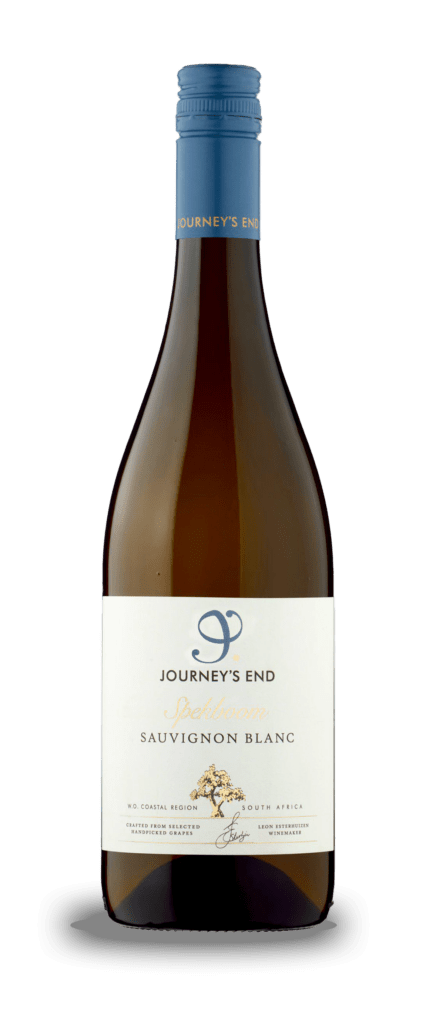Round & About Magazine’s resident wine columnist Giles Luckett rediscovers with white wines of Lugana, and finds beauty and value
When it comes to naming your favourite Italian white wine, you’d be forgiven for not saying Lugana. Other Northern Italian wines such as Soave are far better known even though the quality of Lugana is often superior and significantly better value for money. I must confess, that until my recent attendance at a Lugana tasting, I’d pretty much forgotten about the region’s wines. The first wine shop I ran had a couple of Lugana’s, and whenever someone came in looking for a good value, easy drinking white, they were my default recommendations. They were fruity, uncomplicated and fun. They weren’t fine wines in the serious sense of the word, but they were, well, fine.
At the tasting it quickly became clear that the wines of Lugana have come a long way in the past 30 years. There are now Riserva level wines and wines that have been aged in oak. Across the board they seem to have become more serious and complex yet have retained the joyous citrus, pear and peach fruitiness that so impressed me all those years ago.
To celebrate my reacquaintance with this pearl of a wine, here are six Lugana wines that any lover of great value, elegant white wines should seek out.
About the Lugana wine region
OK, notebooks open, please, I may be asking question later. To give you a little context, the Lugana region lies in Northern Italy and straddles the provinces of Brescia in Lombardy and Verona in Veneto. It’s unusual to see a wine region across over into another province, but Lugana is an unusual wine. It’s made from the Turbiana grape, which was formerly known Trebbiano di Lugana even though genetically it has much to do with the Trebbiano family as I do the Royal Family. The name was changed to distinguish it from Trebbiano wines which tend to be about as engaging as a health and safety video.
Turbiana gives fresh whites with fruit notes of pears and peaches, a lemon acidity and a distinctive mineral edge that comes from the glacial soils on which they are grown. This profile lends itself well to the production of sparkling wines, many of which, such as the excellent Ca Maiol (Svinando £19.90) are serious and stylish. Recently, however, there’s been a push for higher quality, age worthy wines. Many critics and producers have long suspected that this wonderfully sited region could produce world class whites, and as the following shows, their suspicions were well-founded.
Six great Lugana wines
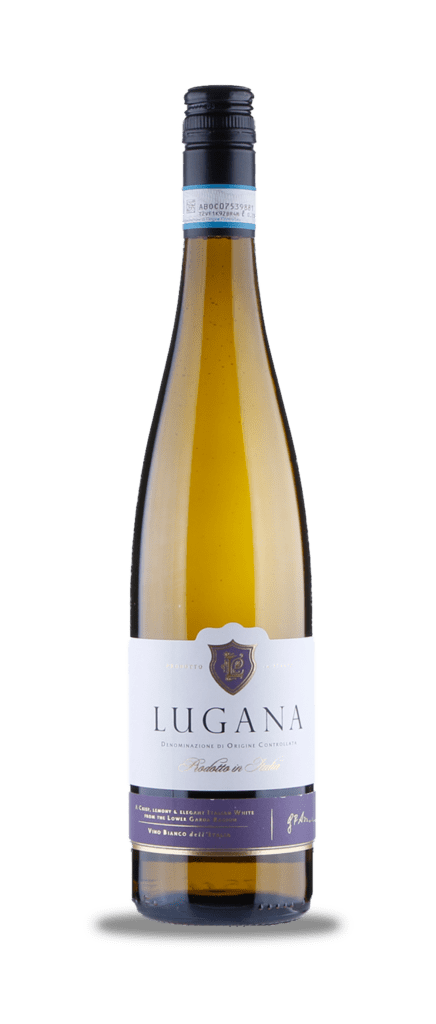
First up, a surprise wine. I was surprised to see a Lugana in ASDA and was surprised that they were selling a wine of this quality for just £11. The imaginatively named Lugana Italian Wine is classic example of Lugana. White gold with a hint of emerald green, the nose is a lovely mix of pears and peaches with a shot of lemon freshness. Medium bodied and nimble, mouthwatering flavours of citrus

Next up is the Nunzio Ghiraldi (Majestic £14.99). Crafted using organic methods on vines that are a stone’s throw from Lake Garda, this balances freshness and depth to give a more serious style of Lugana. Produced from ancient vines, the nose is somewhat more complex, conveying notes of white blossoms and wet clay alongside the green and white fruits. The palate is generous and fruity, with peaches and pears joined by apricot, minerals and a clean lemon acidity. Try this with game birds or a creamy risotto.
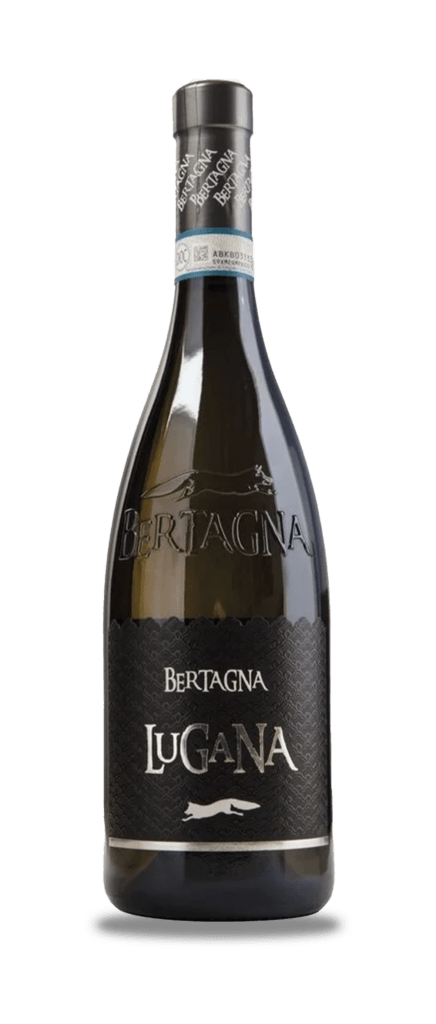
Showing Lugana’s stylistic diversity we have the Lugana Bertagna 2023 (£9.67 Vivino). This is a fresher, more intense wine which is evident from the bouquet which has lemon and grapefruit mingling with zesty apricots, honeydew melon, and just-ripe kiwi fruit. These notes are mirrored on the palate where they are joined by limes, white pepper, yellow plums and a peach stone bitterness to the end. Try this with fresh pasta with mushrooms, seafood, and vegetarian dishes such as couscous with roasted artichokes.
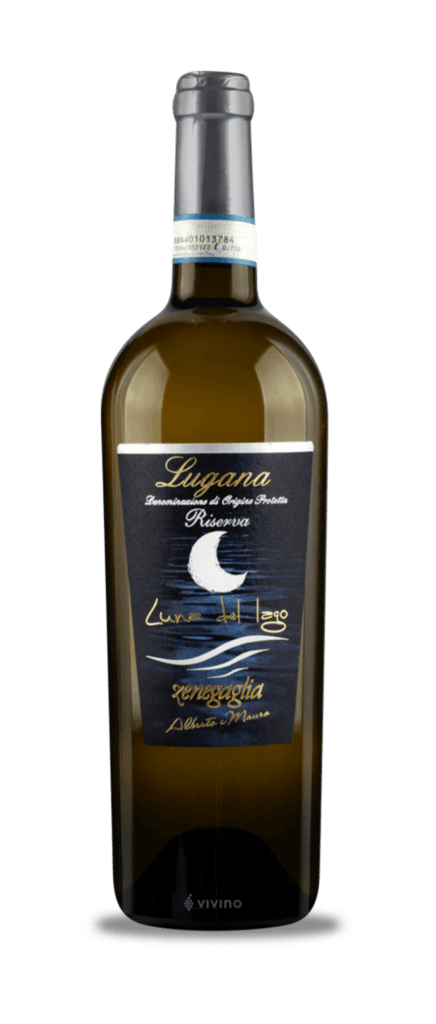
My favourite wine of the tasting was probably the Alberto e Mauro Zenegaglia Luna del Lago Lugana Riserva (Vivino £14.72). Riserva level wines are relatively rare and must be aged for at least two years before being released. This spent 18 months in large old oak barrels and this has had a dramatic effect on it. More golden in colour, the effects of oxidation are present on the nose which is rounder and fuller, with scents of honey and lemon, apricots and jasmine coming the fore. In the mouth it has a creaminess to it, and the fruit profile is more autumnal – plums, green figs, and pears – but it is still fresh and tangy. A lot of wine for the money, this was delicious on its own, but I could see it going wonderfully well with gammon, roast chicken, or smoked fish.
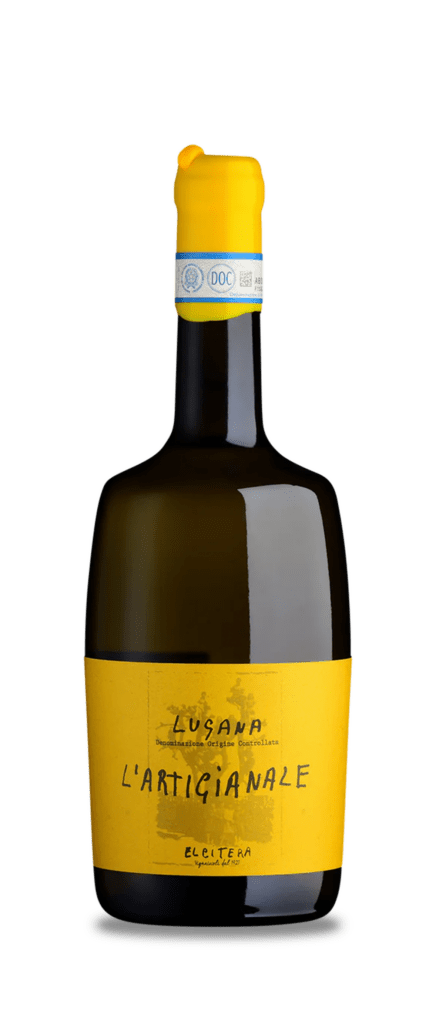
If you’re looking for a white wine that combines richness, weight and delicacy, then the El Citera Lugana L’Artigianale (Vivino £23.64) is for you. I tasted the 2018 which was fantastic and goes to show how Lugana can improve with age. Having been macerated for 24 hours on its skins, this wine had notably more texture to it. It’s also given two years to mature in vats before release. All this adds up a richer, yeastier wine, one that has plenty of lemon and lime freshness, but has notes of baked apple, toasted almonds, green herbs and chalky minerals too. I loved this on its own, but I plan to try this with roast pork or meaty fish such as sea bass in a cream and herb sauce – not that I’m menu planning or anything.
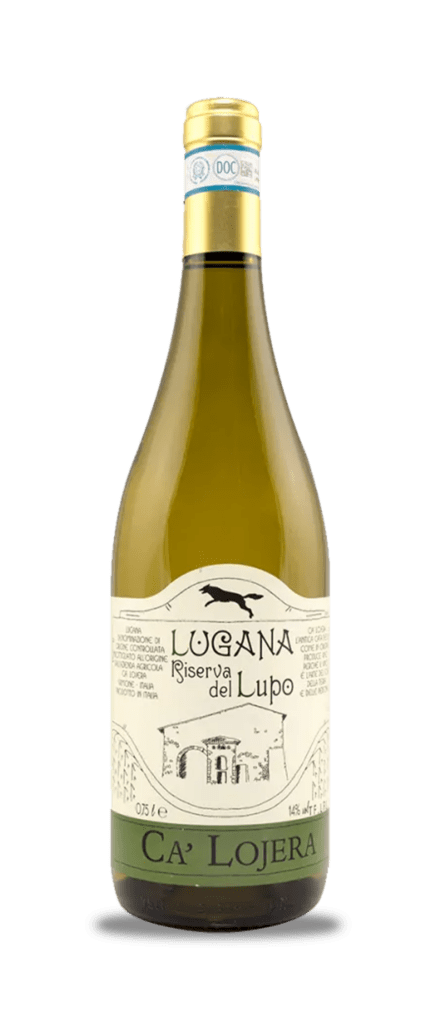
I’ll finish with a step up in quality (and price) with the Ca’ Lojera Lugana Riserva del Lupo 2018 (Vinissimus £33.50). Once-upon-a-time a Lugana at over £30 a bottle would have been virtually unheard of, but the quality of this wine more than justifies the price. Straw gold in colour, the bouquet offers notes of herbs and honey alongside the usual citrus and green skinned fruits. On the palate there’s an extra degree of richness too. Honey, almonds, plums, and red apples sit alongside baked lemon and spicy vanilla. The finish is long and firm making this the ideal wine for river fish, salt cod, pheasant or turkey.
Well, I hope this has whetted your appetite for the wines of Lugana. There are many brilliant wines to be had and they’re still (for now) cracking value.
Next time out, I’ll be looking at some rather fine Champagne – yes, it is a tough life!
Giles








